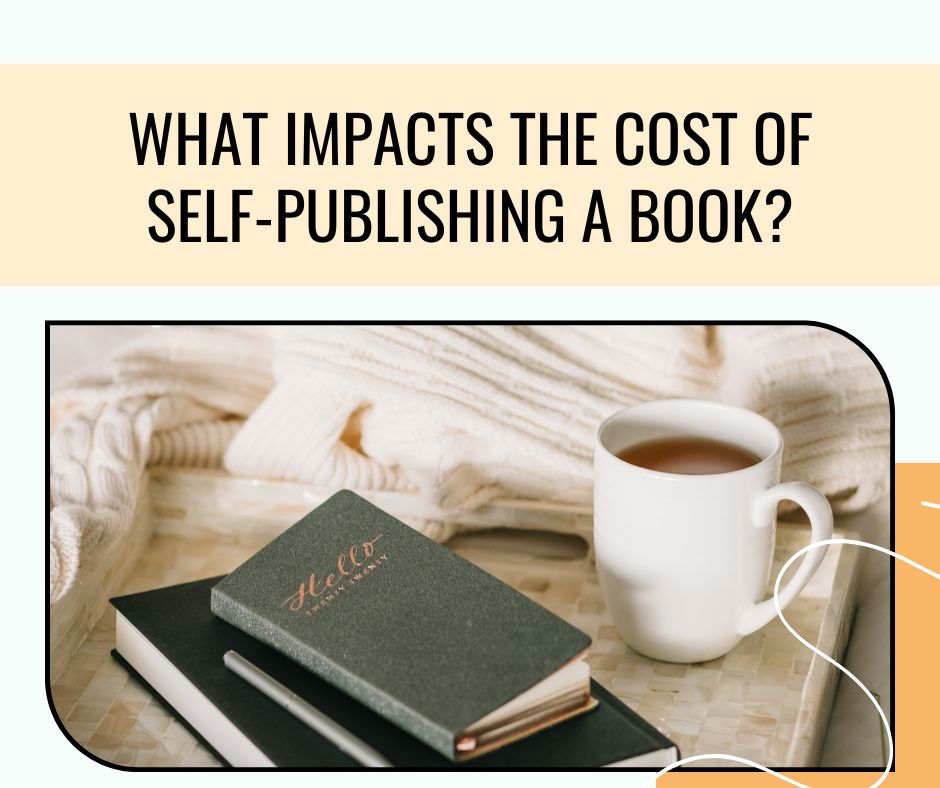In considering self-publishing, you may be curious about the financial commitment involved. Many writers, both established and aspiring, wonder about the same thing.
Self-publishing can be done for a variety of different prices. There are numerous variables at play here. In this section, we at Paper Bytes will go over the various elements that can increase or decrease the final price of publishing your book.
Book Editing
You may have seen books with poor reviews on sites like Amazon and Goodreads because of typos and other editing issues.
Editing is a crucial step in the publishing process. The price of your book may vary depending on its quality. Unfortunately, the quality of some published works calls for extensive editing before they are ready for publication. You should expect to pay more when your book is poorly written and full of errors—reduced maintenance costs.
Still, typos aren’t the only thing to watch out for. The price may also vary depending on the genre of the book you want to be edited.
Common alterations include the following:
Copyediting
Editing a book’s text, or “copy,” is the job of a copy editor. Incorrect information, inconsistencies, contradictions, and obvious typographical problems are usually corrected during a copy edit. The overarching goal of copy editing is to produce the most readable version of the book possible while maintaining accuracy and consistency with the author’s intent.
If you hire professional copy editors, your book will be devoid of typos, misspellings, and glaring inconsistencies. Relax; they will only bother with issues like pacing, character development, or other high-level matters. They’ll read through the document word by word, picking up on details you might have missed.
Developmental Editing
The developmental editor reads the entire manuscript and makes suggestions for improvements. You may see how your writing is structured and formatted and even how specific words are used. This editing process will also address issues with the story’s arc or the characters’ motivations.
Proofreading
Having a book proofread is the last step in the editing process. The proofreader will double-check the manuscript to ensure it is error-free and suitable for the electronic publisher or printing presses. They will check for typos, misspellings, and other errors that could detract from the reader’s experience with your work.
Interior Designing
Interior design, often called typesetting, is a typical method of visual presentation. The chapter divisions and contents page will get sprucing up from the internal design team. They are a great deal about the legibility of the typefaces, spacing, and everything else that goes into a document’s reading.
Book Cover Designing
The impression made by your book’s cover will remain with your readers long after they’ve finished reading. It’s not enough that it’s good; it also needs to reflect the point you want to make. How much you spend on a designer to create a cover for your book will vary greatly.
Publishing
The price at which you publish your book might significantly impact your earnings. The cost of a black-and-white print varies depending on whether it is a repro, a Couche, or an original work of art. High-quality hues can be achieved on either Kraft, litmus, or archival paper.
Moreover, you must decide if you want a paperback, hardcover, or hardcover with a dust cover.
Book Marketing
Marketing your book can help it sell more copies and reach more readers. Media promotion, social media, and author websites are all viable options (book video, movie treatment, movie screenplay, radio interviews, book reviews, etc.)




